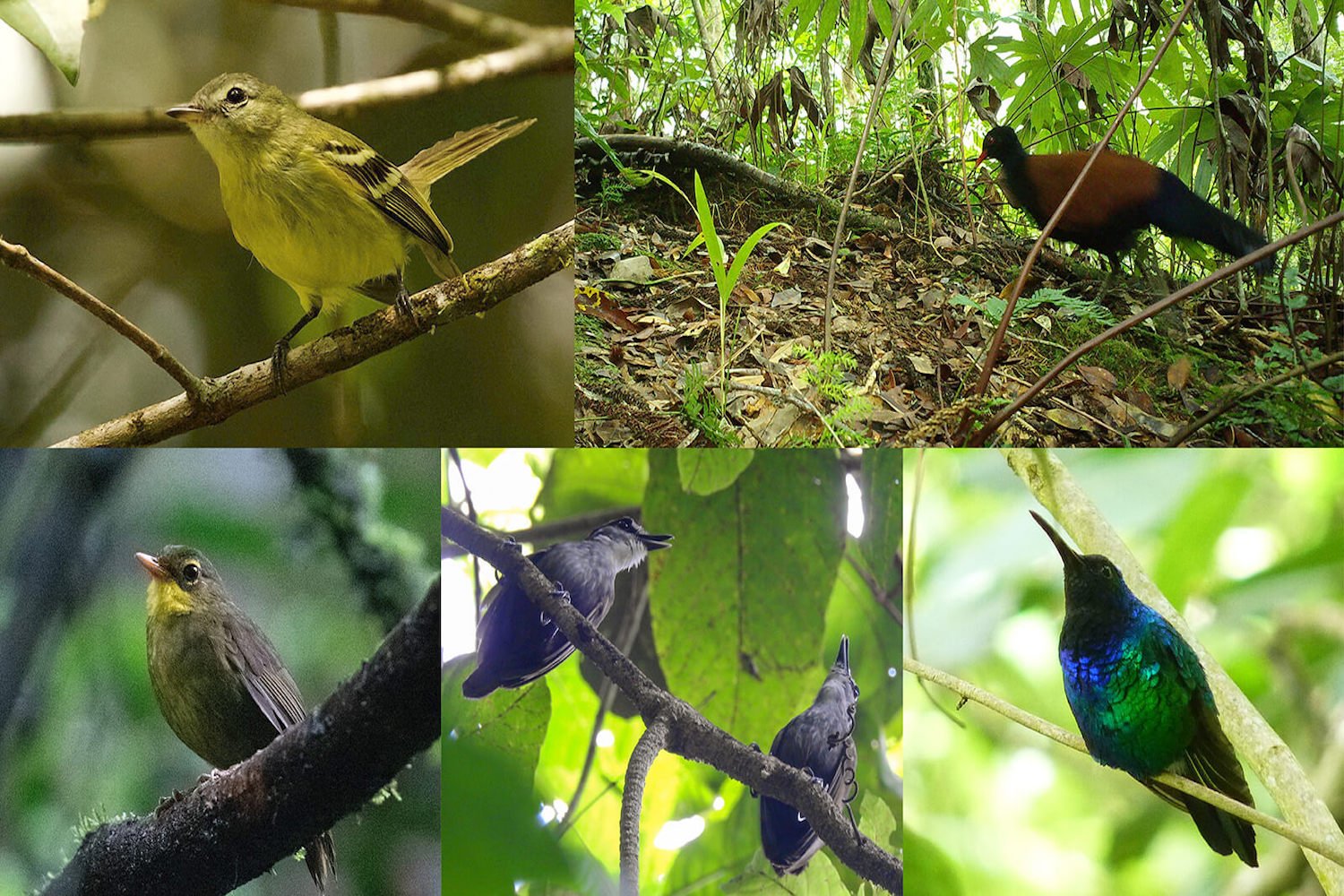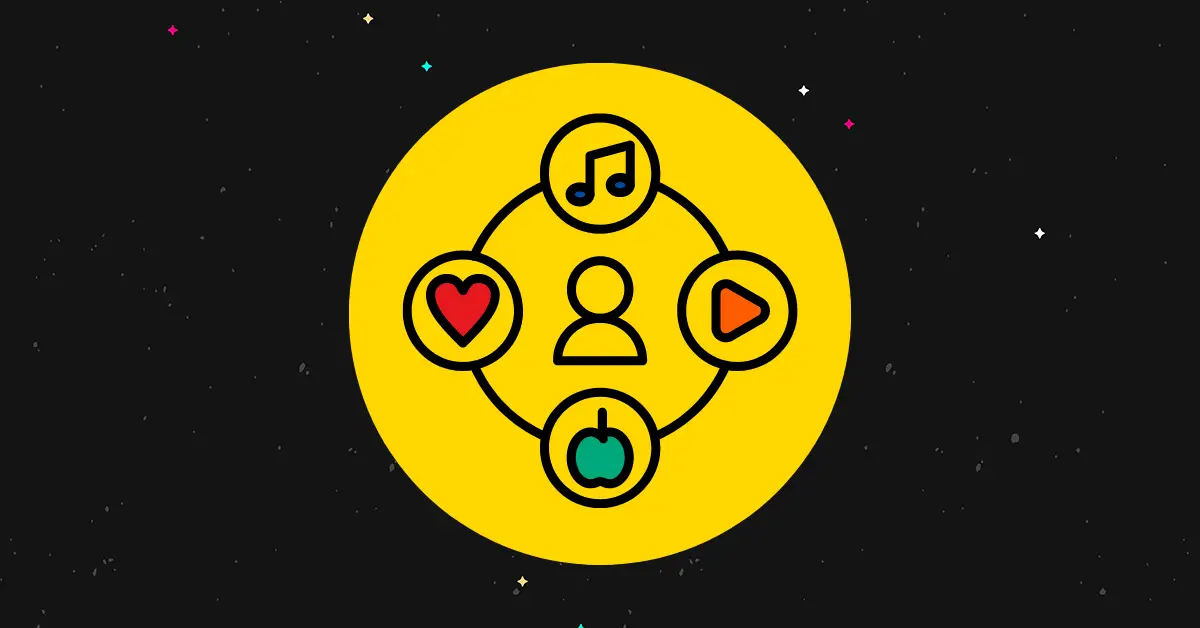Scientists are on the hunt for over 120 species of birds that may—or may not—be extinct, and they want your help to find them.
The ubiquity of smartphones has led to surge in data for birders and researchers alike, in the form of apps that allow amateur bird watchers to photograph and catalog their sightings. The amount of available data is so vast that a group of ornithologists decided to analyze it to see which species just haven’t been turning up.
The researchers, who hailed from American Bird Conservancy and its British counterpart, assembled more than 42 million photographs, audio recordings, and videos of birds uploaded to citizen scientist apps. In a study published in Frontiers in Ecology and the Environment, they revealed that 144 bird species have not been seen in more than 10 years. The analysis was completed two years ago and, in the interim, a number of species were either spotted in the wild or in human care, or had their taxonomy reclassified. In total, 126 species from the study are still lost. You can see the full list of birds here.
That doesn’t mean the birds are extinct. In fact, the researchers said only 62% of the unseen birds are in danger of going extinct. Instead, the species are classified as “lost.” A 2022 paper noted that there is no formal definition of lost species but described them as those that “have simply dropped off science’s radar” by being unseen in the wild and also not being kept in zoos or other artificial spaces, for a decade or more. Though often at risk and very rare, lost species have a habit of popping back up again.
“Birds are the most well-documented group of animals on Earth, and it’s a testament to just how much people love them that only about one percent of the world’s birds have evaded documentation during the last decade,” said Cameron Rutt, who formerly served as Lost Birds Science Coordinator with the ABC and worked on the paper, in a statement. “Within that one percent, however, there are many highly threatened species that haven’t been recorded in decades. Finding these birds is essential to prevent them from slipping into extinction.”
The study just reinforces something the ABC has known for a while. In 2021, the organization challenged bird watchers to help find 10 of the rarest species on earth, all of which could be classified as lost. The next year, one of those birds, the Santa Marta sabrewing, was spotted in northern Colombia, the New York Times reported.
John C. Mittermeier, director of the Search for Lost Birds at ABC, said that, along with helping identify lost species, citizen scientists could be the key to finding them again.
“Figuring out why these birds have become lost and then trying to find them can feel like a detective story,” he said. “While some of the species on the list will be incredibly challenging or maybe even impossible to find, others might reveal themselves relatively quickly if people get to the right places. Regardless of the situation, working closely with local people and citizen scientists is the best way to find lost birds and begin conservation efforts to ensure that these species don’t become lost again.”
The phenomenon of lost species is not limited to birds. Since 2017, Global Wildlife Conservation has maintained a list of 2,200 lost species from around the world. Since its founding, only 13 of those species have since been found.








Leave a Reply